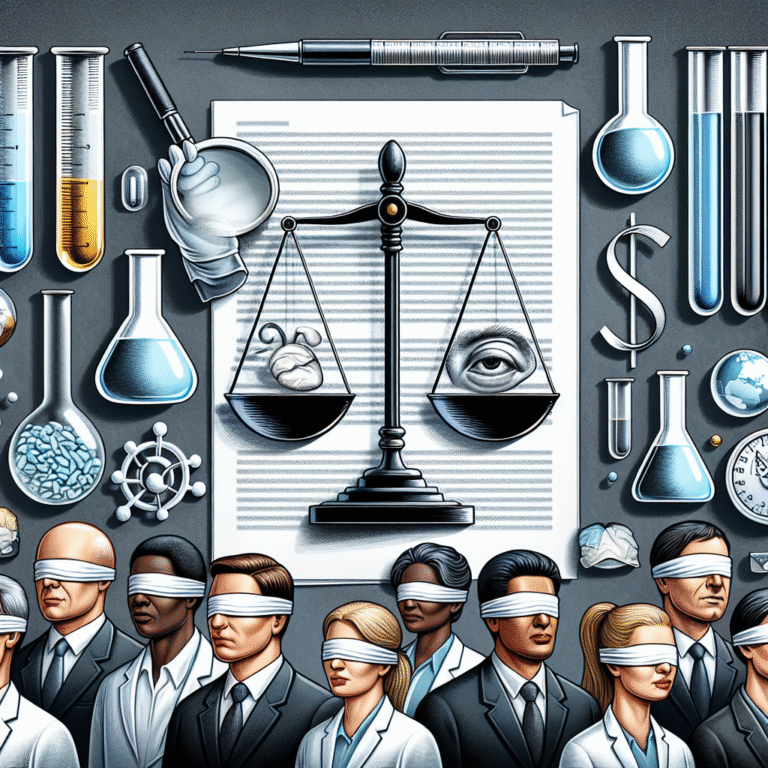Introduction
In an era dominated by data, the phrase "Statistics in Action" captures the essence of how numbers and figures shape our world. Descriptive data analysis—the process of summarizing and interpreting data to reveal patterns and insights—has become essential across diverse fields. Whether you’re in healthcare, marketing, or social sciences, understanding how to utilize descriptive statistics can significantly inform decisions and strategies. But what are these real-world applications, and why do they matter? Let’s delve into the fascinating world where statistics meet action, delivering profound insights and actionable results.
The Foundation of Descriptive Data Analysis
What is Descriptive Data Analysis?
Descriptive data analysis involves techniques that summarize and organize data sets to reveal essential characteristics. It can include measures of central tendency, such as mean, median, and mode; measures of variability like range and standard deviation; and visualizations, such as charts and graphs. This foundational step is critical in various domains, as it helps stakeholders grasp complex data and drive decision-making processes.
The Importance of Descriptive Statistics
Understanding descriptive statistics is imperative for several reasons:
- Informed Decision-Making: Helps organizations make data-driven choices based on clear, summarized insights.
- Spotting Trends: Assists in identifying patterns that can dictate future actions or strategies.
- Communication Clarity: Facilitates easier sharing of insights with stakeholders, ensuring everyone is on the same page.
Real-World Case Studies
Case Study 1: Healthcare Optimization
Context: A major hospital network sought to improve patient care and reduce wait times. They utilized descriptive data analysis to evaluate patient admission and treatment times.
Application: The hospital gathered data over a year, employing measures such as average admission time and median treatment duration. By implementing detailed visualizations to showcase peak hours, the hospital could allocate resources efficiently.
Insight: Utilizing descriptive statistics revealed the busiest hours in the emergency department, driving strategic changes that reduced patient wait times by 30%.
Table 1: Emergency Department Wait Times Before and After Analysis
| Time Slot | Before Intervention (Avg Wait Time) | After Intervention (Avg Wait Time) |
|---|---|---|
| 8 AM – 10 AM | 45 minutes | 30 minutes |
| 4 PM – 6 PM | 60 minutes | 42 minutes |
This clear depiction of data reflects the critical role of statistics in enhancing patient care through operational efficiency—an outstanding illustration of "Statistics in Action".
Case Study 2: Marketing Strategy
Context: A retail brand aimed to improve its digital marketing campaigns. They turned to descriptive data analysis for insights into customer behavior.
Application: By analyzing customer purchase history, they calculated metrics like average basket size and most purchased products. Visual charts highlighted trends in buying patterns during specific seasons.
Insight: This data revealed that customers were more likely to buy specific items together during holiday seasons, prompting targeted marketing campaigns that increased sales by 25%.
Chart 1: Seasonal Purchase Trends
(Example Chart Depiction)
Here, descriptive statistics empowered the brand to optimize marketing efforts, proving that data-driven decisions are essential in engaging target audiences effectively.
Case Study 3: Education Improvement
Context: An educational institution aimed to enhance student performance. They employed descriptive data analysis to assess grades and attendance data.
Application: The school retrieved data on average grades, attendance rates, and course drop-out rates. By summarizing these metrics, educators identified students at risk of failing.
Insight: They discovered a correlation between low attendance and low grades. Initiatives such as improved tracking systems and attendance incentives were introduced, resulting in a 15% increase in overall student performance.
Table 2: Student Performance Metrics Before and After Intervention
| Metric | Before Intervention | After Intervention |
|---|---|---|
| Avg Grade | 75% | 85% |
| Attendance Rate | 80% | 90% |
This case study illustrates how educational institutions can translate statistics into actionable strategies, leading to improved outcomes for students—a perfect example of "Statistics in Action".
Beyond the Case Studies
Industries Leverage Data
The power of descriptive data analysis extends across various industries:
- Finance: Helps analysts explore market trends and identify investment opportunities.
- Sports: Teams assess player performance stats for strategic gameplay and training.
- Transportation: Airlines evaluate passenger data to fine-tune routes and pricing strategies.
The pervasive use of statistics in these domains reinforces our understanding of its relevance and applicability.
Tools and Techniques
To harness the power of descriptive statistics, organizations employ various tools:
- Excel: A primary tool for performing basic calculations and visualizations.
- R and Python: For more advanced statistical analysis and large data sets.
- Tableau: A user-friendly software that transforms complex data into interactive visuals.
These tools simplify the statistics process, enabling broader accessibility to key insights.
Conclusion
From healthcare enhancements to marketing efficiency and educational improvements, the real-world applications of descriptive data analysis are both vast and impactful. "Statistics in Action" translates theory into practice, demonstrating how data can shape decisions and drive results. The pivotal takeaway? Embrace the power of data analytics in everyday operations and strategy formulation. This approach not only fosters informed decision-making but also ignites innovation within organizations.
FAQs
1. What are the main types of descriptive statistics?
Descriptive statistics include measures of central tendency (mean, median, mode), measures of variability (range, variance, standard deviation), and visualizations (graphs, charts).
2. How can I apply descriptive data analysis in my business?
Start by collecting relevant data about your operations. Then, use statistical tools to summarize this information, identify trends, and make informed business decisions based on these insights.
3. What are the common pitfalls of descriptive data analysis?
Common pitfalls include drawing conclusions without considering sample size, misinterpreting data visuals, and failing to account for outliers which can skew results.
4. Is advanced training required to analyze data effectively?
While basic knowledge of statistics is helpful, many tools require little to no programming skills. Online courses are available to build proficiency in statistical techniques and software.
5. How can I visualize my data for better insights?
Utilize tools like Excel, Tableau, or Google Data Studio to create graphs, charts, and dashboards. Visual representation can highlight trends and patterns that numbers alone may obscure.
By embracing descriptive data analysis, organizations unlock powerful insights—proving that statistics truly act as a catalyst for better decision-making in the dynamic landscape of real-world applications.
















